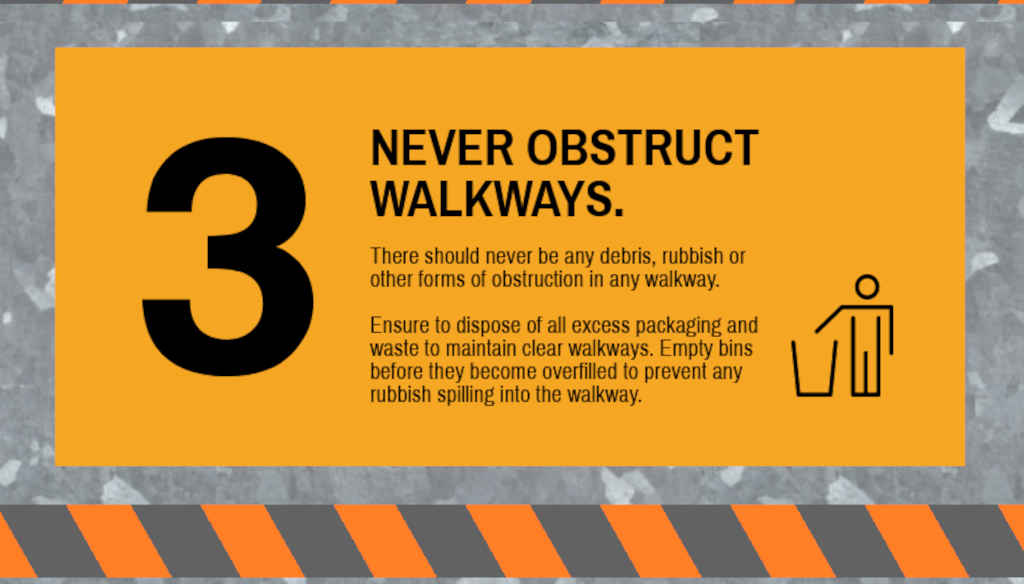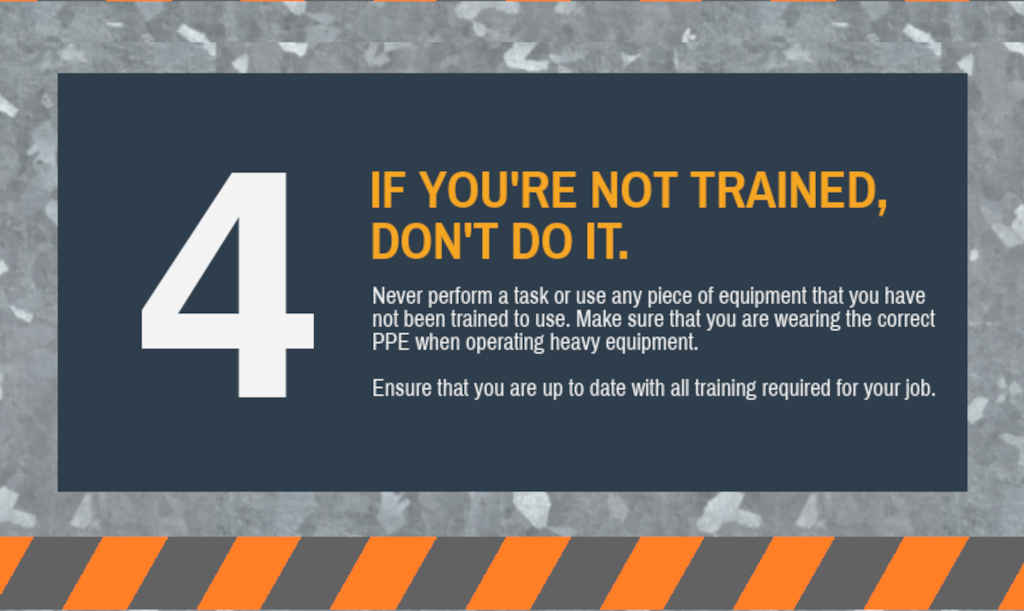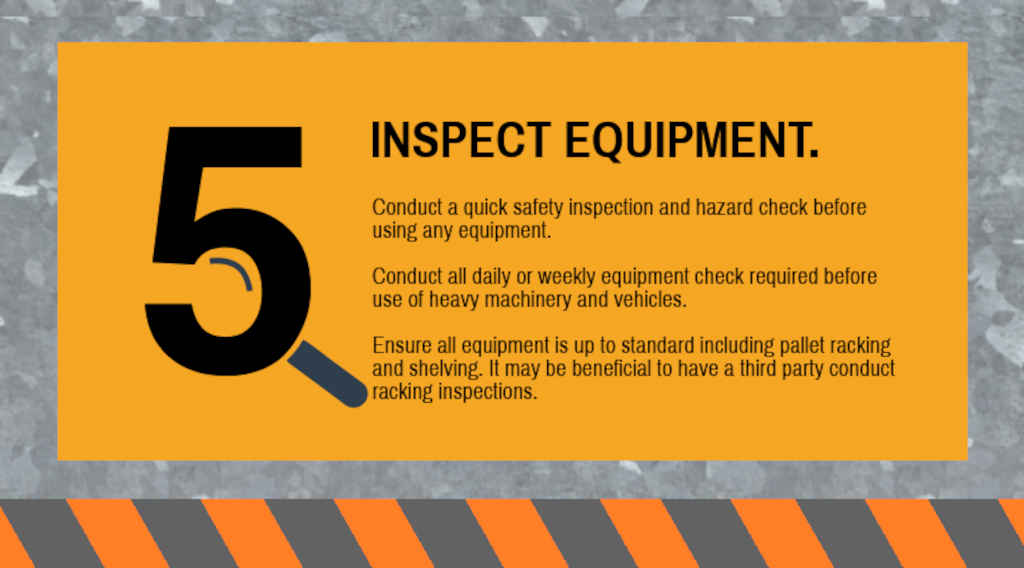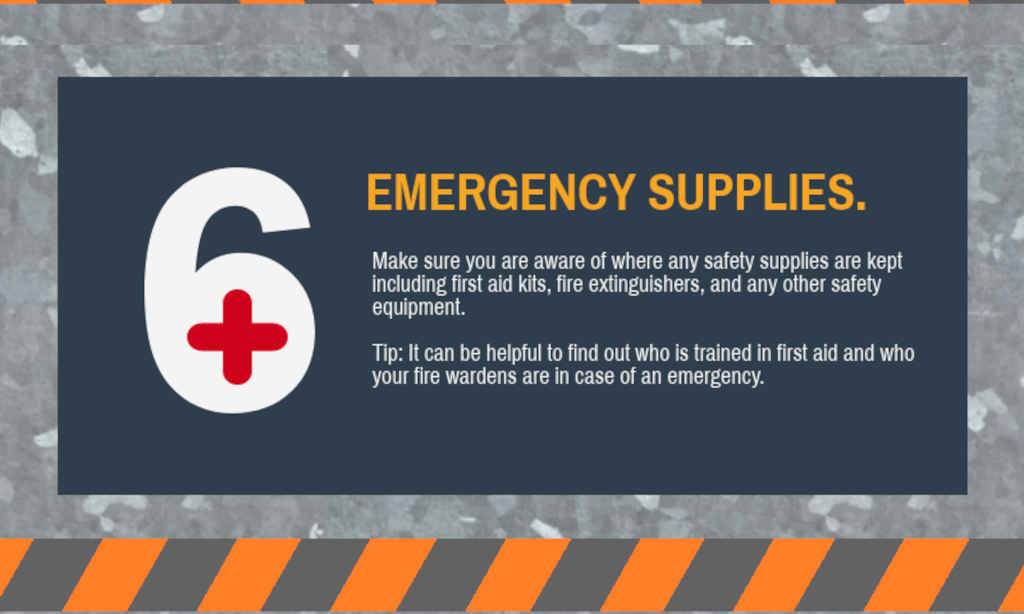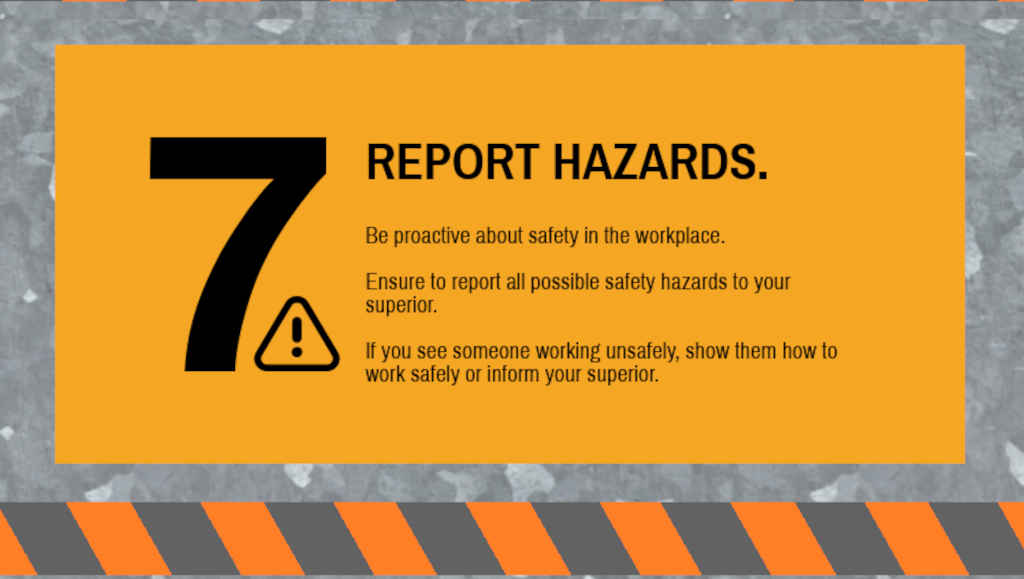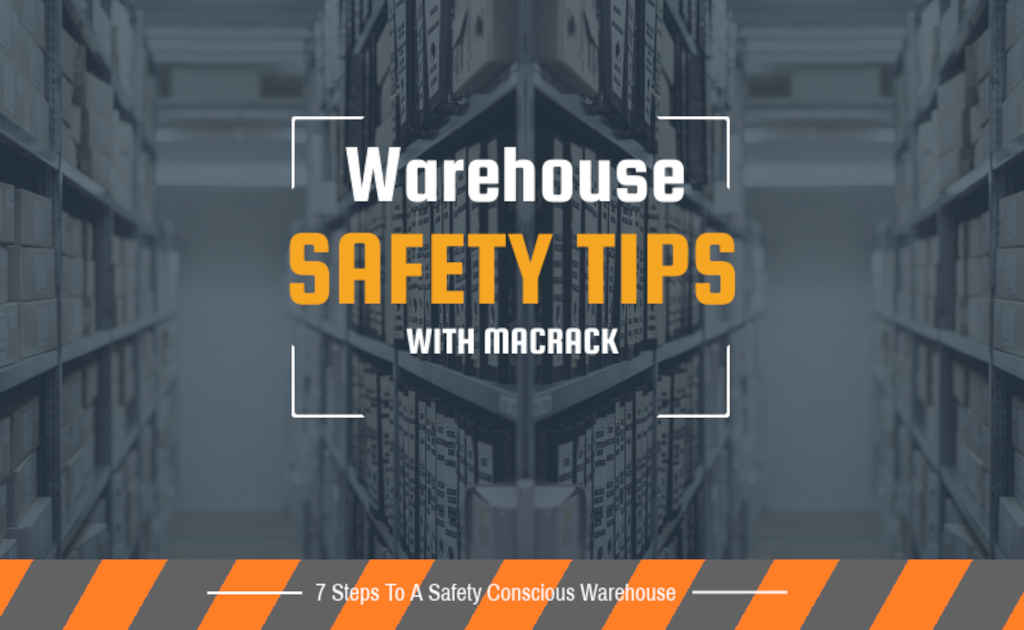
1) Your Safety, Your Responsibility.
It is everyone’s responsibility to ensure their own safety and the safety of others where possible. It is important that you observe all safety regulations and safety requirements of your workplace.
Additionally, you should always be looking for opportunities to work safer and smarter. Although shortcuts can save you time, there have very real consequences. In 2016, 162 fatalities occurred in the workplace in Australia.
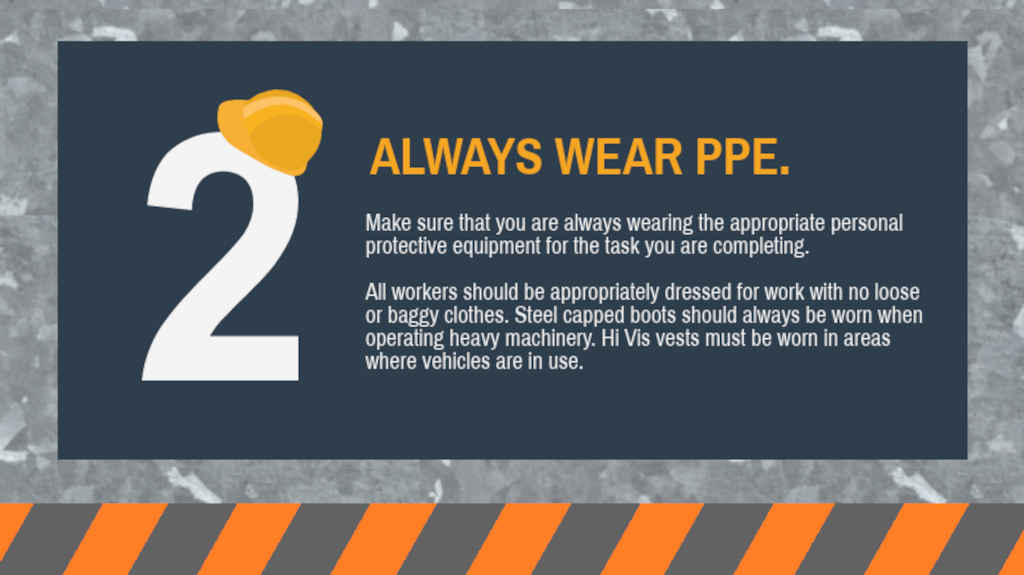
2) Always Wear The Appropriate Personal Protective Equipment
Ensure that you are always wearing the designated personal protective equipment for the task that you are performing. Loose or baggy clothing items should never be worn near machinery with moving parts.
Steel capped boots, safety glasses and hard hats should be readily available and used when necessary. Hi-Vis vests should always be worn by vehicle operators and in areas where vehicles are in use.
3) Never Obstruct Walkways
Keep all walkways and driveways clear of obstructions. Falls are one of the most common causes of workplace injuries. Debris, rubbish and other obstructions in high traffic areas can result in serious injury when working or operating vehicles in a warehouse.
To prevent obstructions and maintain clear walkways, ensure to dispose of all excess packaging and waste. Bins should be emptied before they are full to prevent rubbish and other debris from overflowing in workspaces.
4) Do Not Operate Any Machinery or Equipment That You Haven’t Been Trained to Use
Never perform a task or use any equipment that you have not been trained to use. Make sure that you are wearing the appropriate personal protective equipment before operating equipment.
There should be regular training and competency tests for anyone operating heavy machinery or vehicles. It is your responsibility to make sure that you are up to date on any training required for your position.
5)Always Inspect Equipment Before Use
Equipment safety inspections should be conducted as regularly as needed. Ladders and safety equipment for working at heights should be inspected before each use for damage or wear. Daily or weekly safety checks should be conducted on machinery and equipment in accordance with their individual requirements.
If you are not trained to carry out inspections, it is your responsibility to check that the equipment has been inspected by a competent person before use.
Ensure that all equipment including pallet racking and shelving is up to standard to reduce the possibility of equipment failure and resultant injuries. It may be beneficial to have a third party racking specialist conduct inspections for you.
6) Ensure You Know Where Emergency Supplies Are Kept
Make sure you are aware of where all safety equipment is stored including first aid kits, fire extinguishers, and any other safety equipment.
If you don’t know, ask your superior. It can be helpful to find out who is trained in first aid and who your fire wardens are in case of an emergency. It is also important to familiarise yourself with where each fire exit is and where the building’s emergency meeting point is located.
7) Be Proactive, Report Hazards.
Be proactive about your safety and the safety of others in your workplace. Report any safety hazard you identify to your superior. Familiarise yourself with hazard processes in case of spills or equipment failure.
If you see someone else working unsafely, show them what they can do to work more safely or inform your manager that they may need more training.

For an independent audit of your racking system call Macrack on 07 3343 9788.


